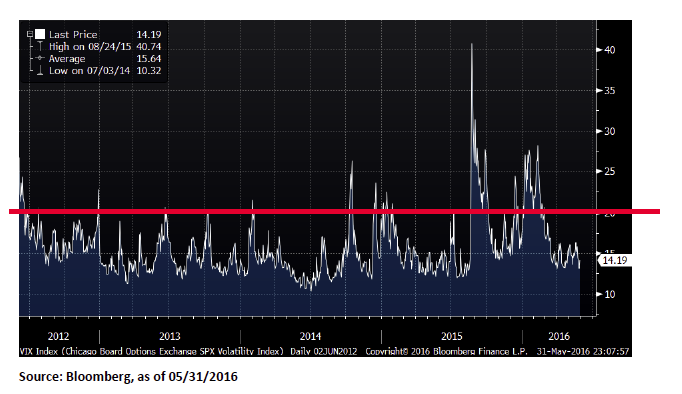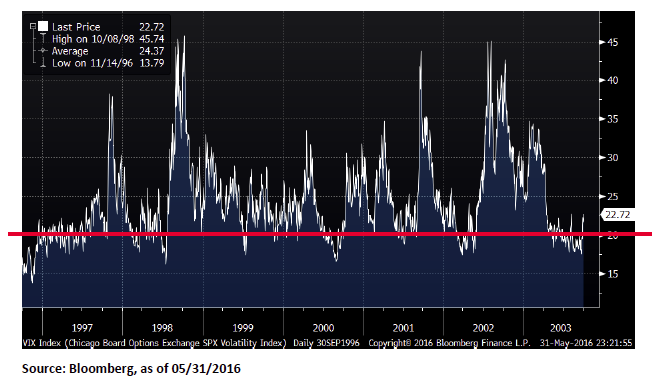It’s through this lens of resignation that I think we should view one of the most fascinating Missionary statements of the past 20 years, St. Louis Fed Governor Jim Bullard’s latest paper, where he says that the entire exercise of Fed guidance and dot plots and planning for interest rate increases and interest rate normalization is a complete and utter waste of time. In fact, he goes farther than that. Bullard writes that forward guidance is actually highly counter-productive and credibility destroying, because it teases us with the notion that normalization is possible, when, in fact, absent some deus ex machina miracle, it’s not. My god, you think I’m a downer? This is the President of the St. Louis Fed, saying that everything the FOMC has been doing for the past four years is just a bad joke! Or as Vonnegut would say, there’s “no damn cat and there’s no damn cradle” in the oh-so-complex hand weaving that Bernanke and Yellen have crafted with forward guidance, no matter how hard we look. The Emperor has no clothes.
What Bullard wrote is a letter of resignation. Not just a letter of resignation in the sense of quitting one’s job (although that, too … if you’re not going to play the game you were appointed to play, if you’re just going to pick up your dot plot and go home, then you should actually go home), but more importantly in the emotional sense of resignation to one’s fate. It’s a capitulation, a recognition that the U.S. is well and truly stuck in the current macroeconomic regime of low growth + massive debt + insanely low interest rates, and there’s nothing the Fed can do in terms of jawboning or “communication policy” or forward guidance to get us out. So, Bullard says, let’s stop this charade of dot plots and just admit the truth: rates are not going up, maybe not EVER, until something beyond the Fed’s control shocks the world into some other macroeconomic regime.
By the way, here’s the problem with what Bullard is saying: the current regime/stable equilibrium of low growth + massive debt + negative interest rates isn’t something that just “happened”. It’s not like the Fed woke up one morning to find that some terrible houseguest soiled the sheets and overfed the dog and left a lit cigarette smoldering in the trash can. Please. Here’s a 4-year chart of the VIX, looking for all the world like a Whack-a-Mole game, as every surge in volatility is met with a mallet strike of Large Scale Asset Purchases (LSAPs), forward guidance, or (outside the U.S.) interest rate cuts well past the zero-bound.
Over the past four years, we haven’t seen the VIX stick over 20 for more than 2 months. Compare this to the seven year period of Sept. 1996 – Sept. 2003, where the VIX was almost never below 20.
Granted, there were some scary market moments from late 1996 through late 2003, but it’s not like the past four years have been a walk in the park. I don’t think anyone can deny that we are living today in a different regime or state of the world, where volatility is simply not allowed to raise its ugly head as it always has in the past. That’s the Entropic Regime in a nutshell — volatility is not allowed to reach historically normal levels. Not allowed by whom? By central banks, of course. S&P 500 down 8%? Gasp! We must provide more accommodation! The macroeconomic regime that Bullard finds so objectionable and resistant to any policy choices was created lock, stock, and barrel by the Fed and their regulatory cousins. They weren’t trying to lock the world into the Entropic Regime, a long gray slog where neither recession nor real growth appears, and maybe the world would have been even more wrecked if they had taken a different path, but they did what they did all the same.









